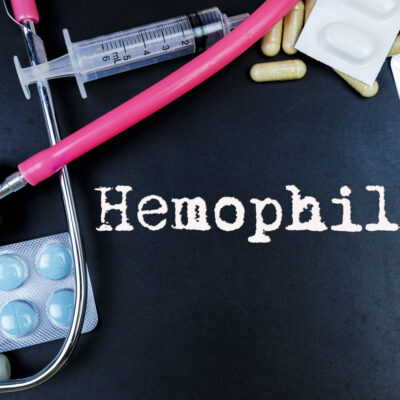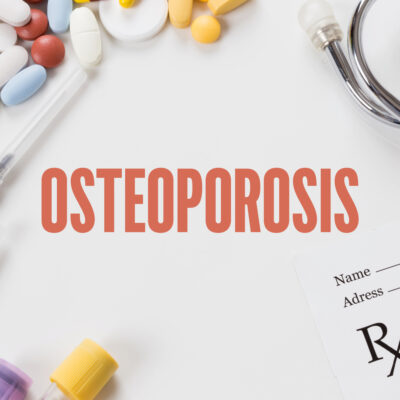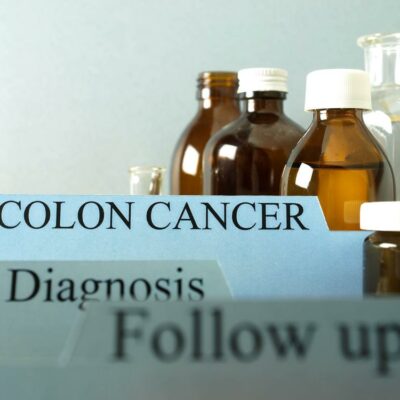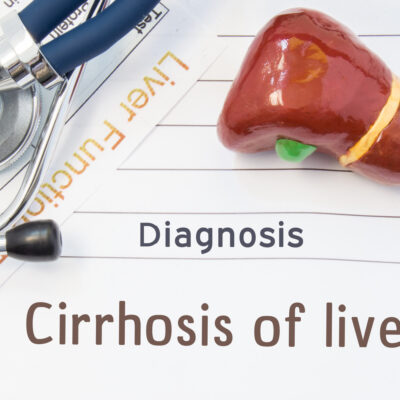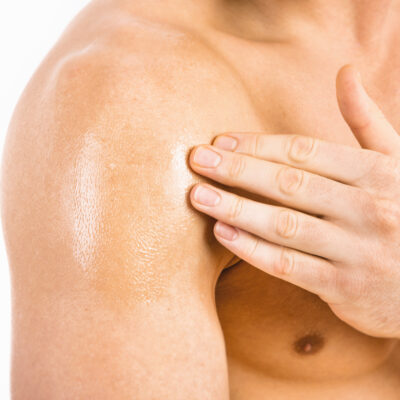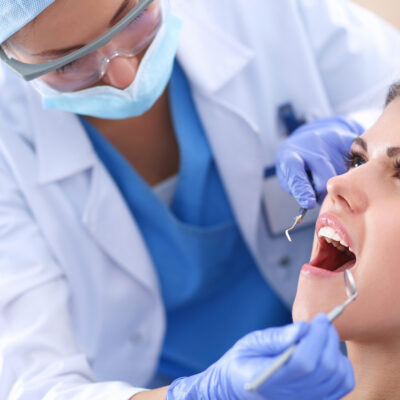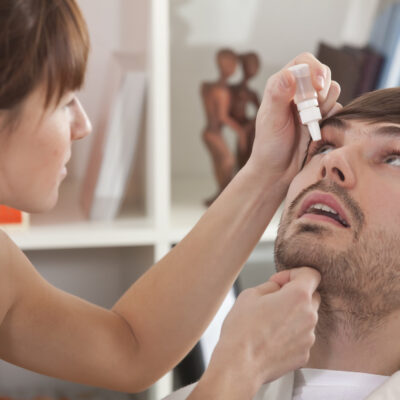
Health
Treatment of deep vein thrombosis
Deep vein thrombosis, caused by the clotting of blood in the blood vessel in the limbs and around the pelvis, can be life-threatening if not detected. However, if detected on time based on certain symptoms, it can be treated easily. The most commonly adopted treatment regimen includes the prevention of further coagulation. This can last anywhere around 90 days for mild cases but longer for more complicated cases. The treatment includes prevention of the growth of the blood cloth and its development in the future. Surgery is the last option and is only recommended when basic treatment proves to be useless. The most common treatment includes the intake of blood thinners. These are nothing but anticoagulant substances to prevent blood clots from growing. The blood thinners also prevent the clots from traveling upwards into the bloodstream towards the lungs or heart. Contrary to popular belief, blood thinners not only dilute the blood but also help prevent it from disintegrating. During the course of the blood-thinning medication, patients need to take blood tests regularly to ensure the quantity consumed is not harmful. Patients have to strictly abide by the regimen prescribed by their doctors. Some patients tend to resort to a higher intake of the thinners to dissolve the clot faster but it will only worsen problems by causing bleeding around the affected area.
Read More 